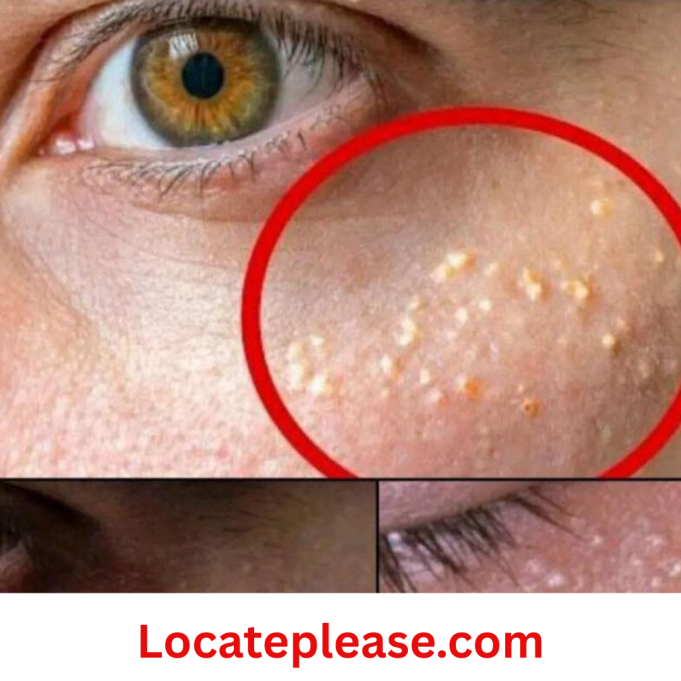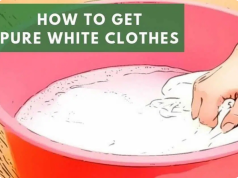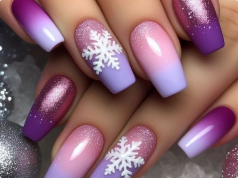You notice them in the morning light: small, smooth bumps under your eyes or across your cheeks. They look like whiteheads, but they don’t fade with cleansers or creams. You can’t squeeze them. They simply sit there—quiet, firm, and unmoved by time or product.
These are milia (pronounced mill-EE-uh), and if you’ve ever felt frustrated by them, you’re not alone. They’re incredibly common—especially as we age—and though harmless, they can make us feel self-conscious about skin that has carried us through decades of laughter, tears, and life.
The good news? Milia aren’t a flaw. They’re a sign of skin doing its best with the tools it has. And with gentle, informed care, we can honor them without fear.
What Milia Really Are
Milia are tiny cysts—no bigger than a grain of sand—formed when keratin (a protein naturally found in skin, hair, and nails) gets trapped beneath the surface.
Think of it like this:
Healthy skin sheds dead cells daily. But sometimes—due to sun exposure, aging, or delicate skin—those cells get “stuck.” Over time, they harden into smooth, white beads just under the surface.
Key truths to hold gently:
✓ Milia are not acne. They have no pus, aren’t inflamed, and won’t respond to acne treatments.
✓ They’re not contagious or dangerous.
✓ They don’t itch, hurt, or spread on their own.
✓ They’re most common around the eyes and cheeks—where skin is thinnest and most tender.
Why They Appear (Especially as We Age)
Milia can affect anyone—but older skin is more prone to them. Why?
- Slower cell turnover: As we age, skin sheds dead cells less efficiently.
- Sun damage: Years of sun exposure thicken the outer layer, trapping keratin beneath.
- Gentle skin: Mature skin is more delicate and easily irritated by heavy creams, harsh scrubs, or even friction from towels.
- Other triggers: Burns, rashes, long-term steroid creams, or genetic factors can also play a role.
Sometimes, milia appear without clear cause—and that’s okay. They’re simply part of your skin’s unique story.
Where Milia Tend to Settle
While they can form anywhere, these areas are most common:
- Under the eyes (where skin is thinnest)
- Upper cheeks and temples
- Forehead, nose, and chin
- Occasionally on the chest, arms, or legs
For many of us, those little bumps near the eyes are the most visible—and the most tender to our confidence.
Should You Worry? A Gentle Reassurance
In nearly all cases, milia are completely harmless. They don’t threaten your health. They don’t mean you’ve done anything “wrong” with your skin.
But please—do this first:
👉 Have a dermatologist or trusted healthcare provider confirm what you’re seeing.
Milia can look like other concerns (like syringomas, cholesterol deposits, or even early skin cancer). A professional glance brings peace of mind.
Seek immediate care if bumps:
- Change color or bleed
- Become red, swollen, or painful
- Grow quickly or cluster densely
What Not to Do: The Most Important Step
🚫 Never try to squeeze, pick, or “pop” milia—especially near your eyes.
This isn’t just advice—it’s protection.
- The skin around your eyes is 10x thinner than the rest of your face.
- DIY extraction can cause:
• Tiny scars or dark spots
• Infection (from unsterile tools or fingers)
• Broken capillaries that leave permanent redness
• Damage to delicate eyelid tissue
Those bumps feel stubborn because they’re meant to be resilient. Forcing them out risks what you cherish most: your skin’s health and your own peace of mind.
Caring for Milia at Home: Gentle, Natural Approaches
While some milia fade on their own (especially in children), adult milia often need professional removal. But—you can support your skin’s health naturally to prevent new ones and soften existing ones:
🌿 Daily Rituals for Resilient Skin
- Cleanse with silk, not scrub:
→ Use a fragrance-free, non-foaming cleanser (like Cetaphil or Vanicream).
→ Wash with your fingertips only—no washcloths or brushes near the eyes. - Exfoliate wisely:
→ Once a week, apply a soft washcloth soaked in warm water to closed eyes for 1 minute—no rubbing. This gently loosens surface cells.
→ Avoid scrubs, acids (like glycolic or salicylic), or retinoids near milia-prone areas—they irritate delicate skin. - Moisturize tenderly:
→ Choose light, non-comedogenic creams (look for “won’t clog pores”).
→ Skip heavy oils, petrolatum, or thick eye creams—they trap keratin. Try hyaluronic acid serums instead. - Shield from the sun (always):
→ Daily mineral sunscreen (zinc oxide/titanium dioxide) prevents further sun damage.
→ Wear wide-brimmed hats outdoors.
🌸 When to Seek Professional Help
If milia bother you cosmetically, a dermatologist can remove them safely in minutes:
- Lancing: A sterile needle creates a tiny opening; the keratin is lifted out.
- Electrocautery: A gentle current dissolves the cyst (for stubborn cases).
- Topical retinoids: Prescription-only creams that speed cell turnover (used cautiously near eyes).
This isn’t vanity. It’s self-respect.
Your skin has held your joys and sorrows for decades. It deserves care that honors its wisdom—not force that fractures its peace.
A Quiet Closing Thought
Milia aren’t flaws.
They’re quiet witnesses to a life well-lived—to every sunrise you’ve greeted, every tear you’ve wiped away, every smile you’ve given freely.
Some days, we’ll choose to remove them.
Other days, we’ll let them be.
But always—always—we can meet our reflection with kindness.
Because the most beautiful thing about your face
isn’t perfect skin.
It’s the life that shines through it.
With tenderness for your skin and your spirit.
Note: This article is for general wellness awareness. Always consult a dermatologist for skin concerns.










